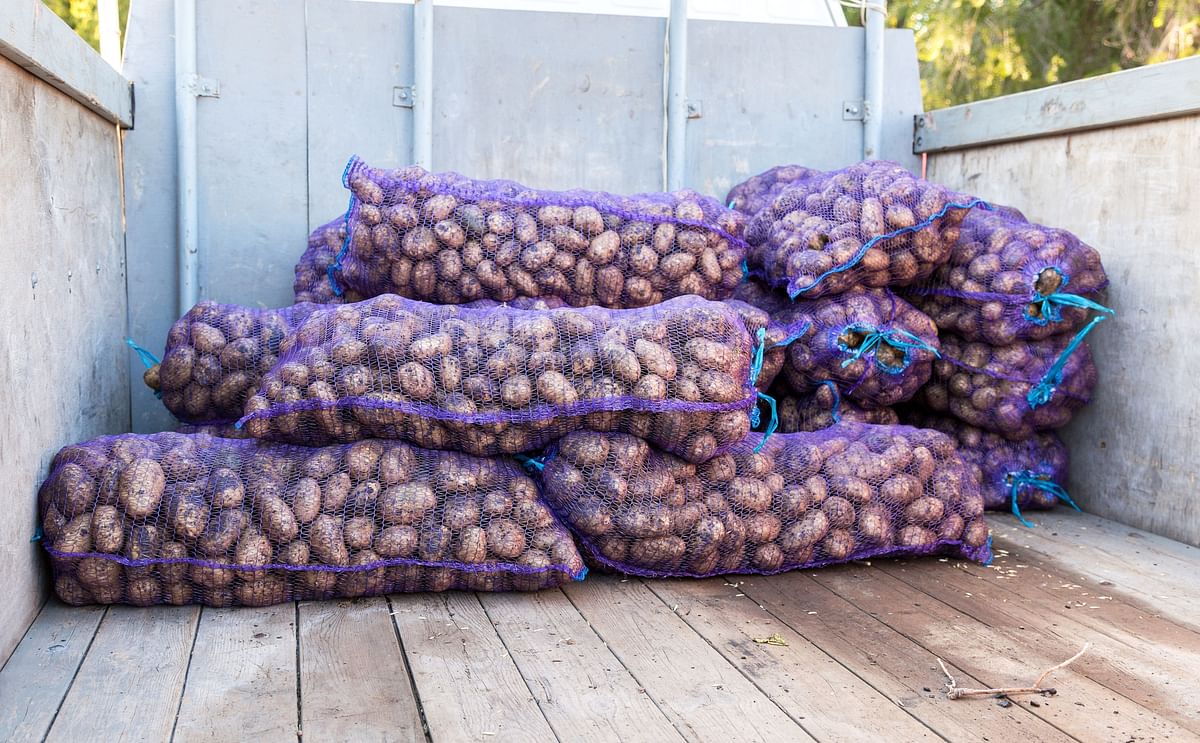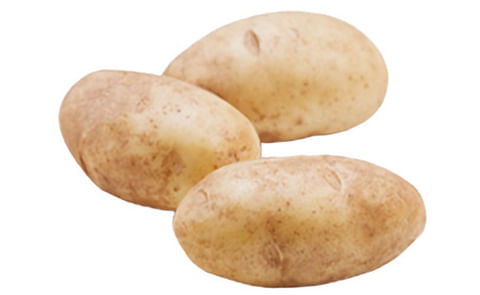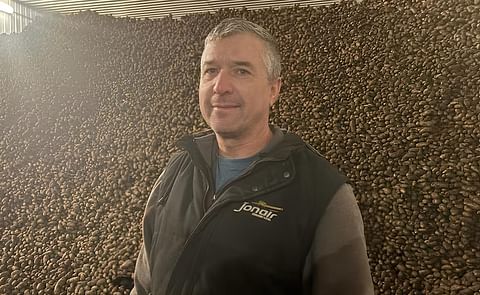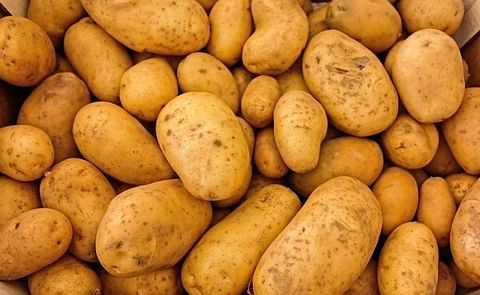"Storage Management of Classic Russet Potatoes" released by University of Idaho
“Storage Management of Classic Russet Potatoes” released by University of Idaho

Potato growers interested in producing the recently released Classic Russet variety will find detailed information on storing it in a new University of Idaho Extension online publication, “Storage Management of Classic Russet Potatoes.”
An early- to mid-season russet potato that produces a high proportion of U.S. No. 1 tubers, Classic Russet was studied for three storage years at the University of Idaho’s Potato Storage Research Facility at the Kimberly Research and Extension Center. With culinary qualities comparable to Russet Burbank, it shows good potential for early processing, earns top scores for fresh-market merit and appeals to growers looking for an alternative to Russet Norkotah, says Extension potato specialist Nora Olsen.
During the study’s 2003-07 duration, the researchers found that dormancy length in Classic Russet is 20-30 days shorter than Russet Burbank and, while Classic Russet’s glucose concentrations are generally lower than Russet Burbank’s at 45 and 48 degrees Fahrenheit, they are higher at 42 degrees Fahrenheit. Classic Russet’s stem-end fry color was very similar to Russet Burbank’s at 42 degrees Fahrenheit but lighter at higher temperatures. Perhaps the most significant difference between the two varieties is that Classic Russet incurred an average 57 percent more weight loss in storage across the three temperatures.
“It’s a beautiful potato,” says publication lead author Tina Brandt, a research support scientist, “but producers should make sure they have plenty of humidity when they store it so they can bypass any potential pressure-bruise problems that might occur.” Processors should also plan to store it at 48 degrees Fahrenheit to prevent cold-induced sweetening.
The publication is the seventh in a series addressing storage management strategies for new potato varieties, including A93157-6LS, Alturas, Gem Russet, Summit Russet, Umatilla Russet and Western Russet.
Classic Russet was released in 2008 by the USDA Agricultural Research Service and the agricultural experiment stations of Idaho, Oregon and Washington.
An early- to mid-season russet potato that produces a high proportion of U.S. No. 1 tubers, Classic Russet was studied for three storage years at the University of Idaho’s Potato Storage Research Facility at the Kimberly Research and Extension Center. With culinary qualities comparable to Russet Burbank, it shows good potential for early processing, earns top scores for fresh-market merit and appeals to growers looking for an alternative to Russet Norkotah, says Extension potato specialist Nora Olsen.
During the study’s 2003-07 duration, the researchers found that dormancy length in Classic Russet is 20-30 days shorter than Russet Burbank and, while Classic Russet’s glucose concentrations are generally lower than Russet Burbank’s at 45 and 48 degrees Fahrenheit, they are higher at 42 degrees Fahrenheit. Classic Russet’s stem-end fry color was very similar to Russet Burbank’s at 42 degrees Fahrenheit but lighter at higher temperatures. Perhaps the most significant difference between the two varieties is that Classic Russet incurred an average 57 percent more weight loss in storage across the three temperatures.
“It’s a beautiful potato,” says publication lead author Tina Brandt, a research support scientist, “but producers should make sure they have plenty of humidity when they store it so they can bypass any potential pressure-bruise problems that might occur.” Processors should also plan to store it at 48 degrees Fahrenheit to prevent cold-induced sweetening.
The publication is the seventh in a series addressing storage management strategies for new potato varieties, including A93157-6LS, Alturas, Gem Russet, Summit Russet, Umatilla Russet and Western Russet.
Classic Russet was released in 2008 by the USDA Agricultural Research Service and the agricultural experiment stations of Idaho, Oregon and Washington.
Like to receive news like this by email? Join and Subscribe!
NEW! Join Our BlueSky Channel for regular updates!
Highlighted Company
Potato varieties mentioned
Sponsored Content
Sponsored Content
Sponsored Content
Sponsored Content
Sponsored Content








